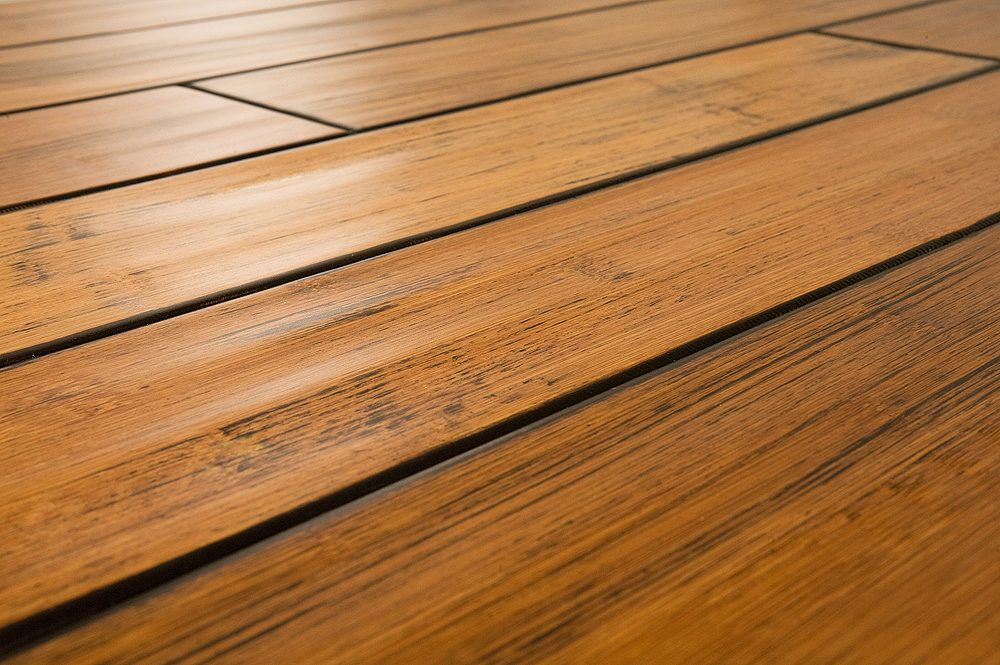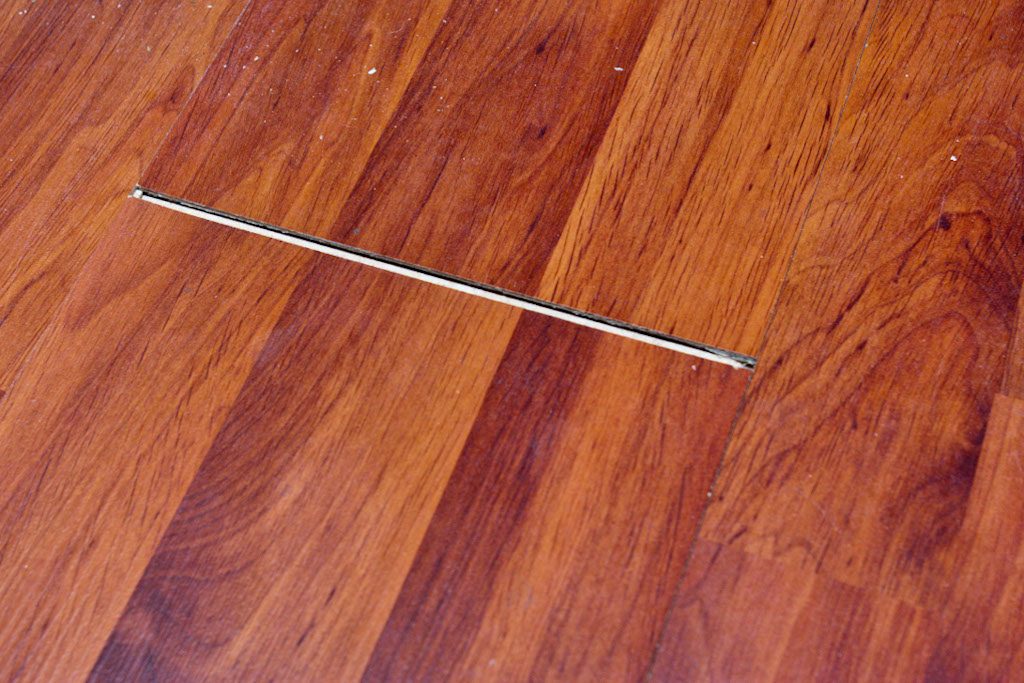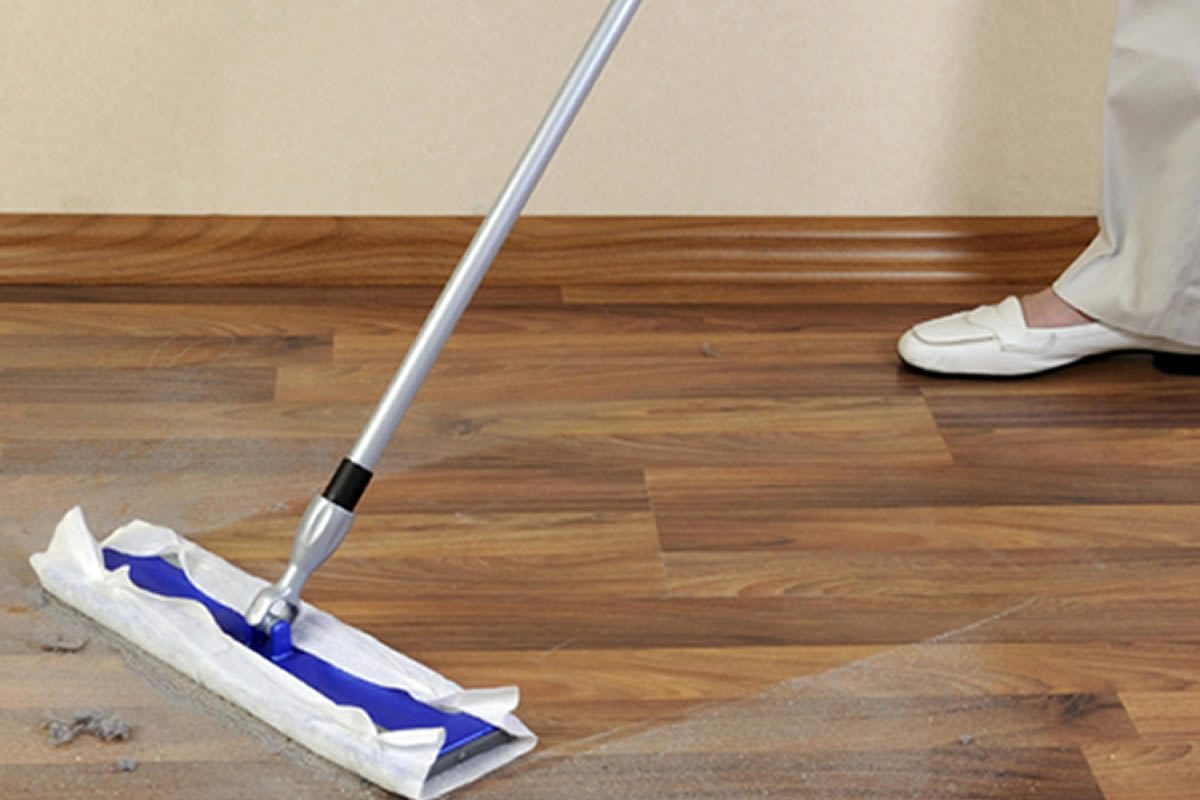
Winter is a period when you can spot slight gaps appearing in your hardwood flooring between individual boards. They influence the general condition of your floor which doesn’t look that attractive. It also makes it more difficult for you to keep the floor clean, as dirt can accumulate in those gaps. Moreover, what may annoy you is the squeaking sound of the boards which move, rubbing against each other. As winter ends and it gets slightly warmer, there will be no trace of the gaps. Such small gaps are nothing to worry about, but we have a few tips for you if you want to reduce this effect.
Installing the boards
The range in which the boards will expand and shrink depends on the number of different factors. The most important are humidity and temperature – and good news is that you can control those factors to a certain extent. But, those factors also include the dimensions, cut and material of the boards.
When it comes to the material the boards are made of – engineered wood is more stable as compared to solid, the latter one being more prone to “gapping”.
The increased stability of engineered wood is achieved by running each layer at a 90° angle to the layer above.
But pay attention to the fact that engineered boards will be fully stable only if you ensure they have specific conditions. Moreover, they do not look as a 100% natural product and will probably be less attractive to a homeowner than solid hardwood flooring.
The next important factor is the width of the board. Obviously, wide boards tend to contract more than narrow ones. If the floor is laid in conditions such as large temperature or moisture level fluctuations, narrower boards will be a better option for you. This will help reduce the “gapping” effect.

Then, you can also pay attention to the cut. The planks that are used to manufacture floor boards are obtained from trees cut in different ways. These include quarter sawing and flat sawing.
Usually, flat sawn boards expand and shrink more as far as their width is concerned, but there are no significant changes in their thickness.
Boards that are quarter sawn offer more stability when it comes to their width, however, they change their thickness, which doesn’t have much to do with “gapping”. Furthermore, the cut of the boards may result in square or bevelled edges. With square edges gaps are usually more visible, while bevelled edges they’re somehow less apparent.
Type of wood flooring
What is equally important is the type of wood that the flooring is made of. There are certain types of woods which are less affected by changing temperature and humidity levels.
This includes among others oak as well as certain other species. While beech is among wood types that are more sensitive to those changing conditions and may shrink by over 0.5 percent.
But, there is one more thing that you need to remember at that point. A certain species of wood may be very stable when quarter sawn, but may be really unstable when flat sawn, or the other way round.
Before fitting, you need to make sure that the boards have been prepared for the conditions in the room where they are to be installed.
It will be best to leave them for a fortnight or so to allow them to get used to the changing temperature and moisture levels. Moreover, always ensure that fresh concrete or screed has already dried out.
Wood is a sensitive material
You need to bear in mind that wood is hygroscopic, which means that it is affected by temperature and humidity fluctuations. It has a tendency to expand in rooms with high humidity level and warm temperature, and when the temperature is lower and the air is dry, the boards tend to shrink. This is how wood reacts to changing conditions and you have to accept it to a certain extent.
This may happen shortly after the installation or only after several years. But, there are certain methods to make the effects of these natural processes less severe and, most importantly, less visible.
The tips refer both to the very installation process as well as to their daily maintenance.
Everyday maintenance
You have had your floor fitted some time ago and your boards have shrunk, showing gaps. The first thing you can do about it is to try to control temperature and humidity fluctuations, which will probably be the best solution, bringing the best results.

Usually the most comfortable conditions for homeowners are: humidity levels that range between 40% and 55% and temperature levels of between 19°C and 25°C. By ensuring such conditions, you will guarantee that your boards will not expand or shrink, at least not in a way that is noticeable. In the winter season, air is usually colder than and not as damp as in the summer, when boards usually contract, as moisture is drawn out of them. What is especially problematic is dry air combined with central heating.
If you want to reduce humidity level fluctuations in wither, turn down the ventilation and try to increase moisture levels in your house or flat. But be careful not to exceed the admissible humidity level, as then you may encounter problems with the floor that will mould. To ensure optimum results, try to use a special humidifier that can be pre-programmed. It will help you keep moisture levels adequate.
The same applies to controlling temperature in your home – set it between 19°C and 24°C. What most of you tend to forget about is that plants kept in the house raise the moisture level in the rooms and stabilize it. A good tip to raise moisture levels quickly is to leave a damp cloth on the radiator.
If you have a further questions regarding parquet wood flooring types or you are looking for an advice about the best wood flooring for your home feel free to contact the ESB sales team. Contact us now to request your no hassle no obligation free samples or come down to our North London showroom for a closer look.
| Mon-Fri | 8:00AM – 5:00PM |
| Saturday | 10:00AM – 4:00PM |
| Sunday | 11:00AM – 3:00PM |





.svg)
.svg)